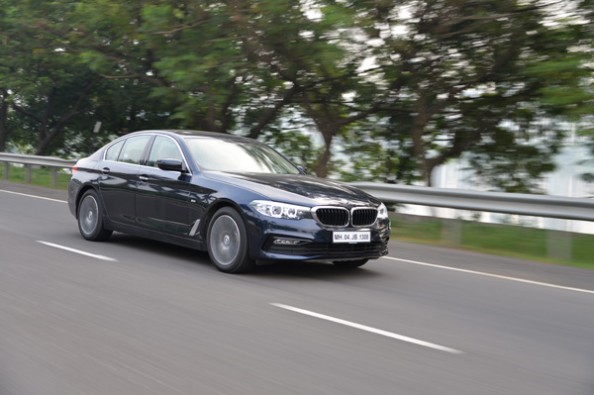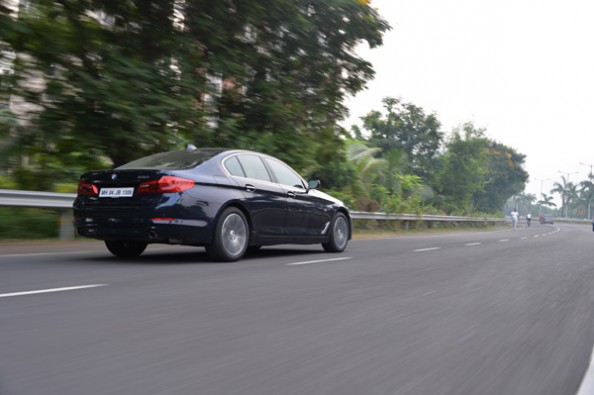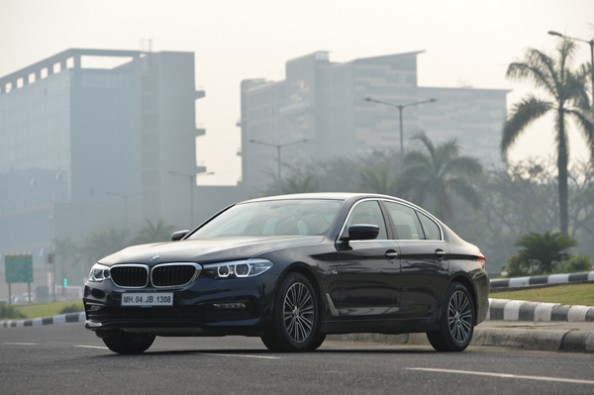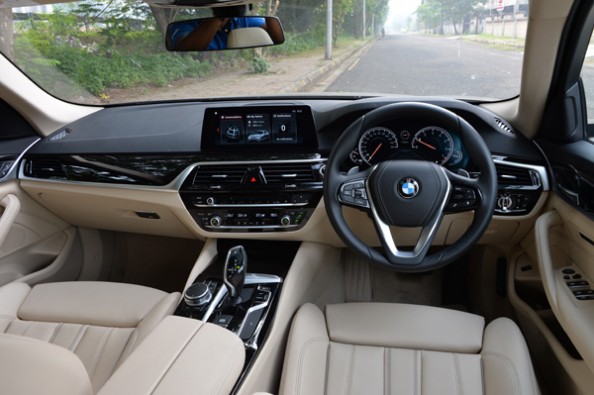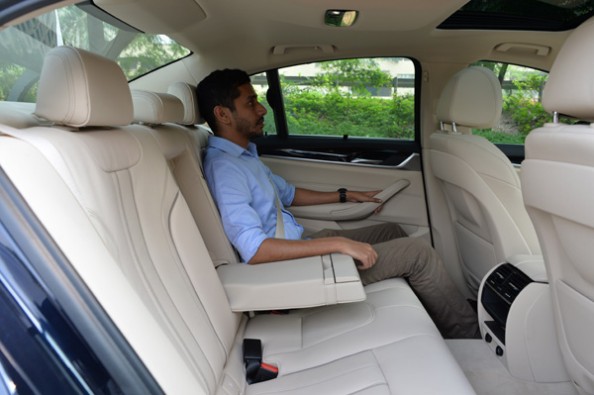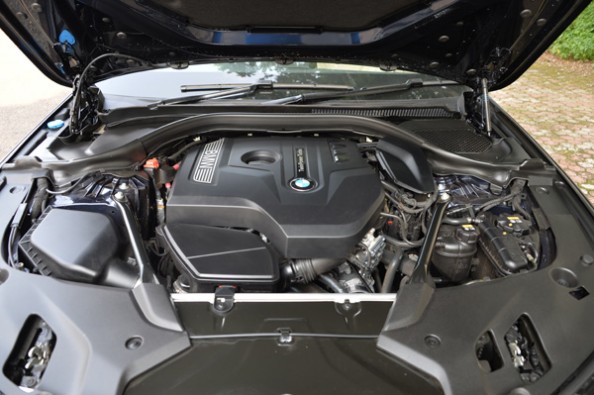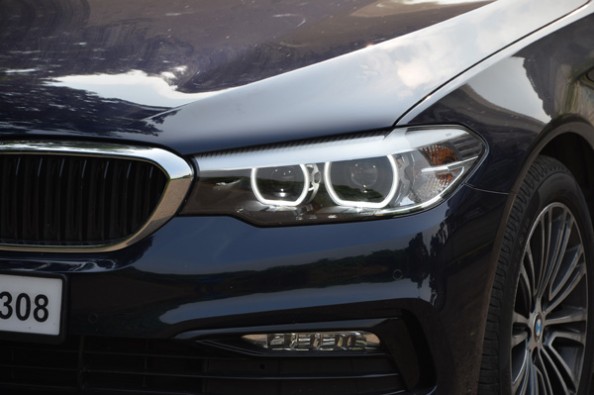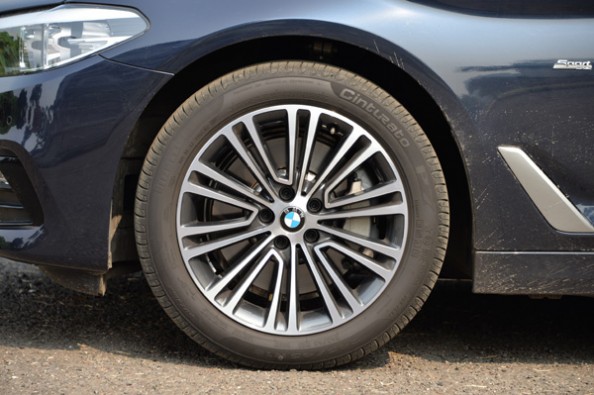The 530i is the only petrol-engine-equipped 5-Series BMW until the M5 makes its way to India. The ‘30’ in 530i previously stood for its engine capacity. The previous models came equipped with a 3.0-litre naturally aspirated six-cylinder engine however, that isn’t the case anymore, the G30 530i gets a turbocharged 2.0-litre four-cylinder engine. This new engine is shared with the 3-series sedan and the GT.
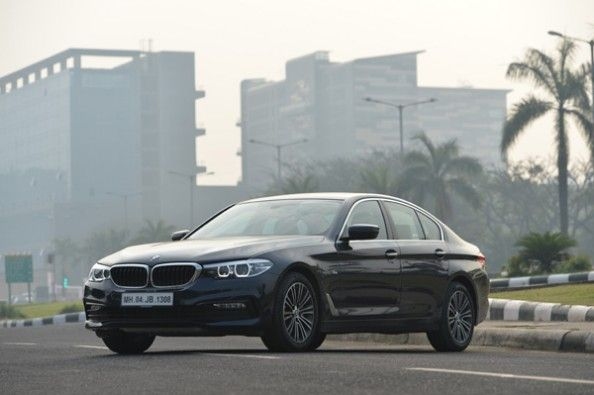
On the outside
The BMW 530i can only be had in one variant – the base sport line. This model loses all of its chrome bits for blacked-out alternatives. Moreover, the new 18-inch wheels and semi-LED headlights are other clear giveaways. These headlights aren’t the ones seen on the higher-spec diesel variants, which are adaptive and full-LED. This model also gets the older-styled daytime running lamps.
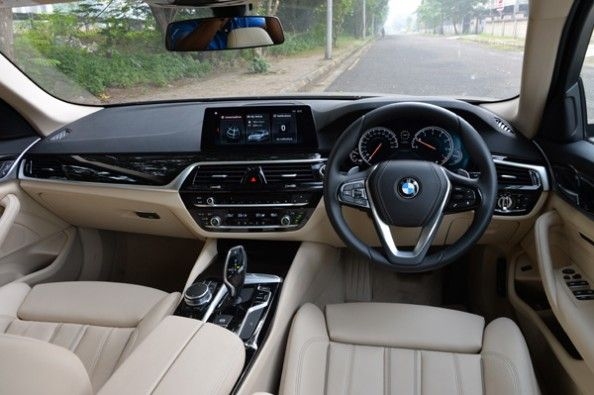
On the inside
The Sport Line 530i also loses out on other bits from the mid-range Luxury Line. This includes the touch-operated AC controls, keyless entry 360-degree cameras, Harmon Kardon hi-fi system, wireless phone charging and some other features. Nonetheless, in this Sport Line trim you still get the touch key-fob however, without the remote parking feature. The seats now offer side bolster adjustment, but still lack lumbar support adjustment. Other features include a sunroof, the well-developed iDrive system, dynamic dampers and a complete digital instrument cluster.
How does it drive?
In the 5-series’ smaller sibling – the 3-Series – this 30i engine is the powerful top-spec unit. However, in the 5, this is just the smaller regular engine. There is no denying that this car feels bigger and heavier than the 3. The 252hp and 350Nm of torque has to move around a lot more car. On the flipside, it feels significantly more refined than the 3 which considerably changes the overall feel of the car. The car uses the same eight-speed automatic gearbox however; it feels a bit more refined too. The car has what one would call adequate power, it has a mid-range punch which isn’t as powerful as you would want, but it does push you back a little. The engine is extremely refined and the noise it makes is decent. The power on the car doesn’t feel as effortless a six-cylinder engine however, it will be sufficient in most situations.
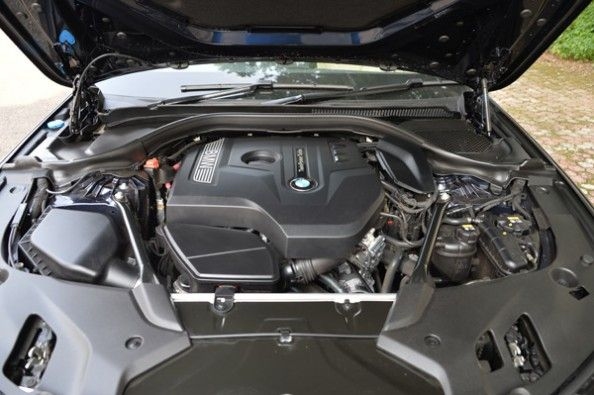
When it comes to the handling, the 530i feels similar to the 520d which was a huge upgrade from the older F10 models. The sedan still doesn’t deliver the sharp sports sedan experience like the older 5s. The lighter engine has led to less weight over the front wheels which in turn have caused the steering to feel lighter than the diesel model too. The steering does still feel direct and can be weighed up with the selection of other driving modes. One of the best bits is that even this base model 5-series features the dynamic dampers. They work subtly but keep body movements balanced, leading to a really good overall ride.
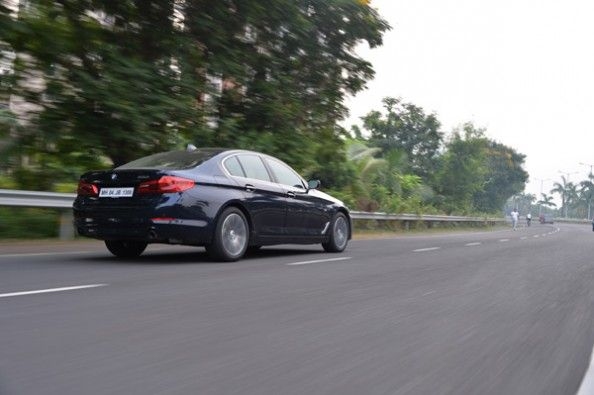
Should I buy one?
The 530i Sport Line costs exactly as much as the 520d Sport Line, ₹52 lakh (ex-showroom). For the first time, there isn’t a price difference the diesel and the petrol. Overall, the car is not as thrilling as you would like a car with a 530i badge to be. The car has adequate performance and is refined, but the diesel engines from BMW are pretty well refined too. A major complaint is that, the German manufacturer didn’t make the 530i available in higher trims.
